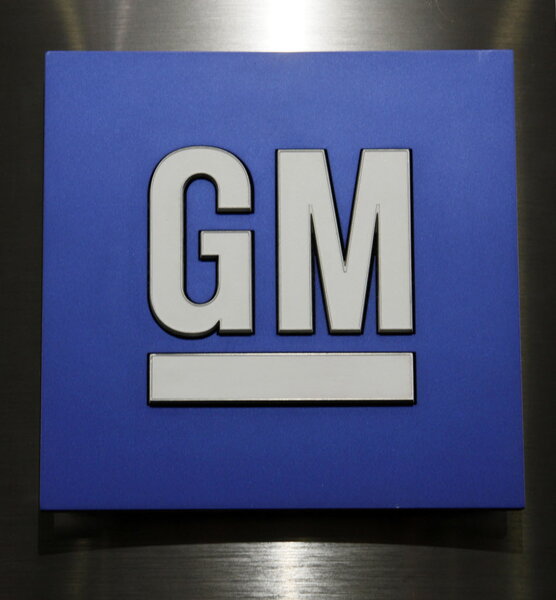General Motors buys self-driving car startup Cruise Automation
Loading...
General Motors has taken another step to control the future of autonomous cars.
On Friday, the automaker announced that it will be acquiring Cruise Automation, a San Francisco-based startup that deals in self-driving technology. Neither source disclosed the value of the deal, but technology reporting site Re/Code cited sources saying that GM paid around $1 billion.
In a statement, Cruise Automation’s founder, Kyle Vogt, said that, “GM's commitment to autonomous vehicles is inspiring, deliberate, and completely in line with our vision to make transportation safer and more accessible. We are excited to be partnering with GM and believe this is a ground-breaking and necessary step toward rapidly commercializing autonomous vehicle technology.”
“Cruise provides our company with a unique technology advantage that is unmatched in our industry. We intend to invest significantly to further grow the talent base and capabilities already established by the Cruise team.” GM’s executive VP of product development and supply chains Mark Reuss said in a company release.
Before founding Cruise Automation, Mr. Vogt worked on the video-streaming service Twitch, which was sold to Amazon for approximately $1 billion in August 2014.
Cruise is not the first foray that GM has made into the self-driving-vehicle space, but this latest venture signals that GM has a broadening commitment to the concept. In January, GM invested more than $500 in the ride-sharing service Lyft. The move created a deeper partnership between the two firms and also created a place for GM on Lyft’s board of directors.
Later in January, GM announced that it would be building out a car-sharing service of its own, called Maven. Maven uses the same business model as Zipcar, a company owned by Avis, which lets people pick up cars and drive them themselves.
By investing in both ride-sharing and car-sharing opportunities, GM is moving beyond its history as a traditional automaker and preparing for a future when traditional driving options will become less common. Those moves can also be seen as GM’s play to keep ahead of competitors like Uber and Zipcar.
In the autonomous driving space, the competition includes not just automakers, like Tesla, but tech giants like Google and Apple. In October 2015, current Tesla Model X and Model S cars were updated to include an Autopilot feature, which lets the car drive itself for short distances until the driver takes control of the wheel again. GM is planning on introducing a similar feature to Cadillacs later this year, which would allow them to drive themselves on the highway.
For now, no one has yet emerged as the clear winner in the nascent autonomous car race. But it’s clear from GM’s investments and technological developments that it’s positioning itself to compete.
“Fully autonomous vehicles can bring our customers enormous benefits in terms of greater convenience, lower cost and improved safety for their daily mobility needs,” GM President Dan Ammann said in a news release.






